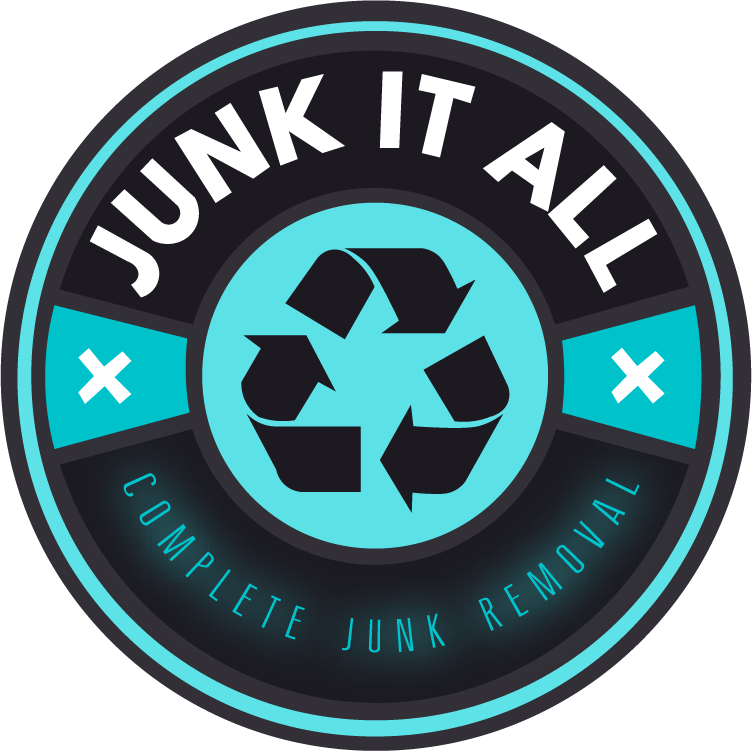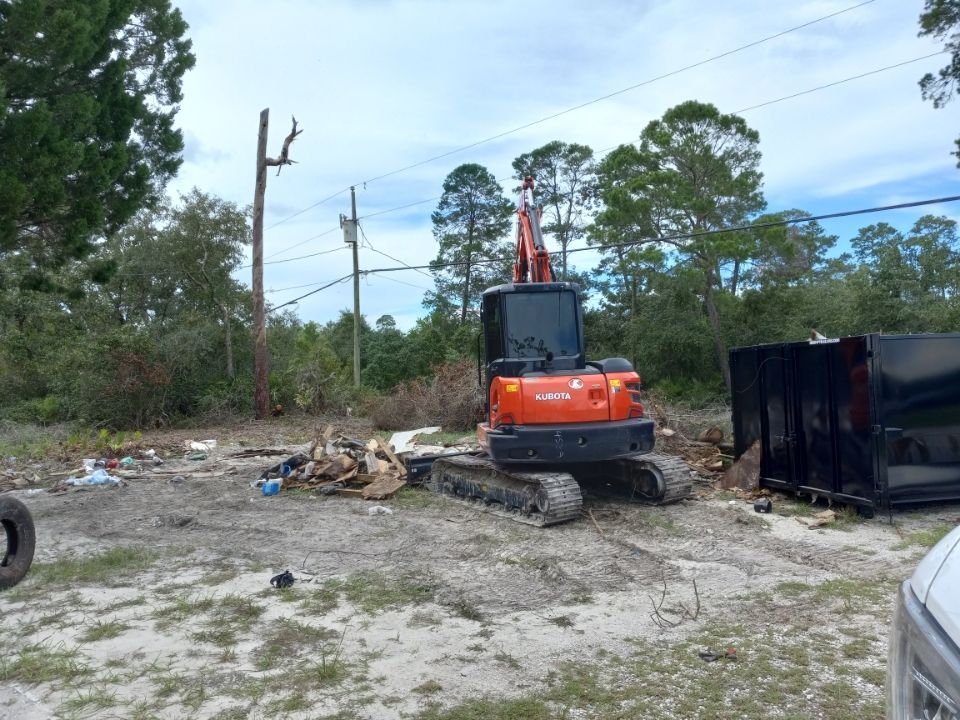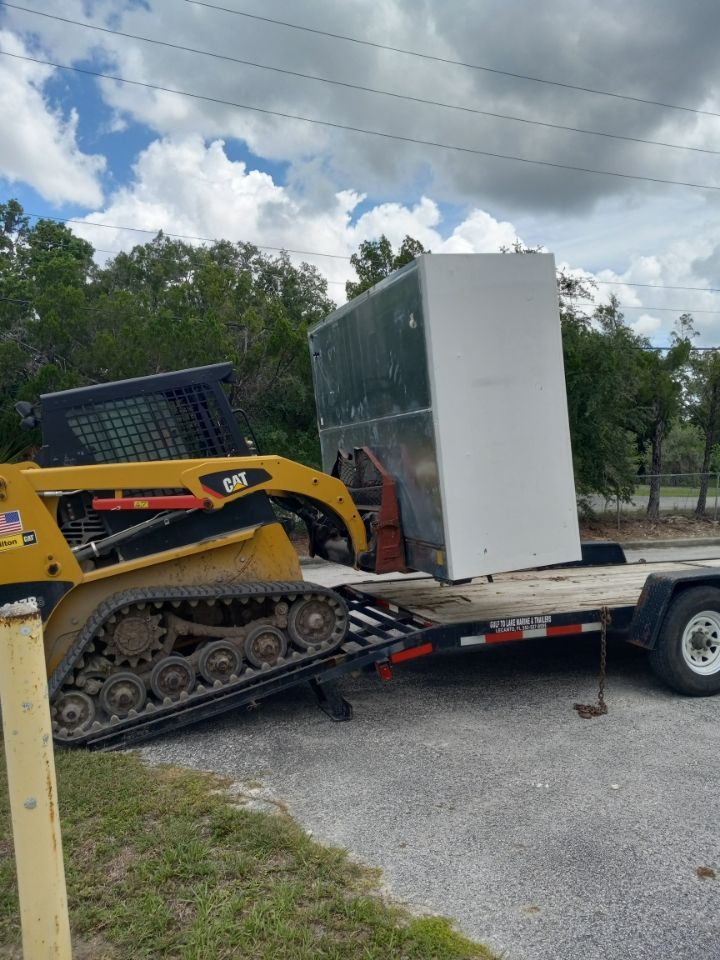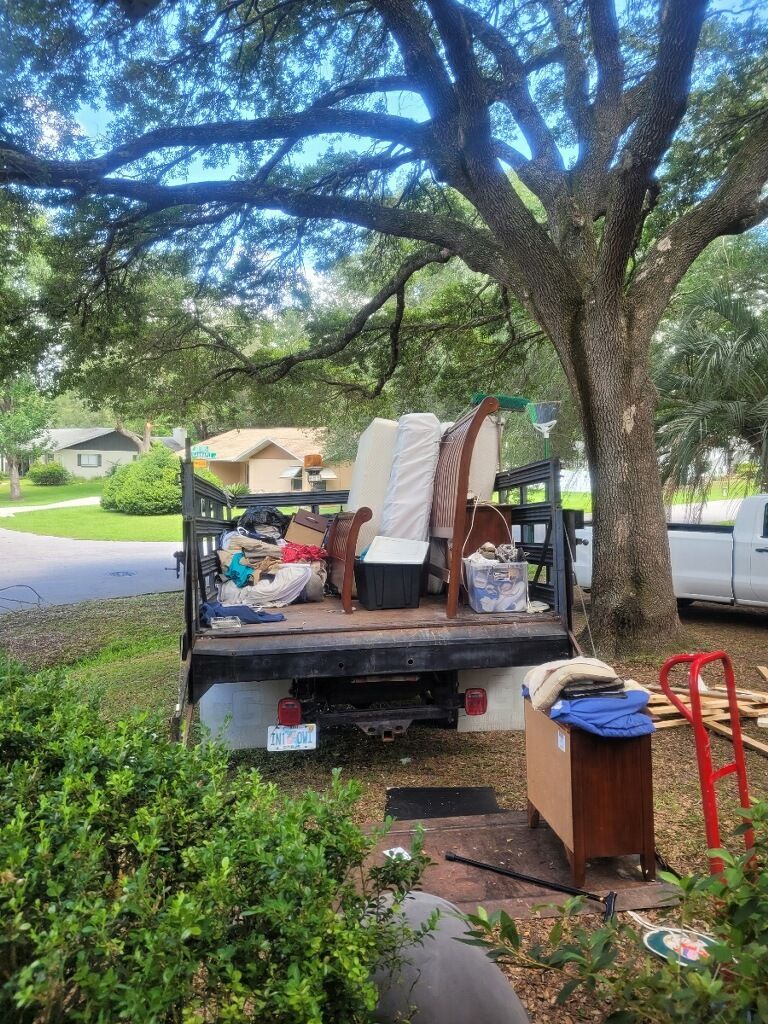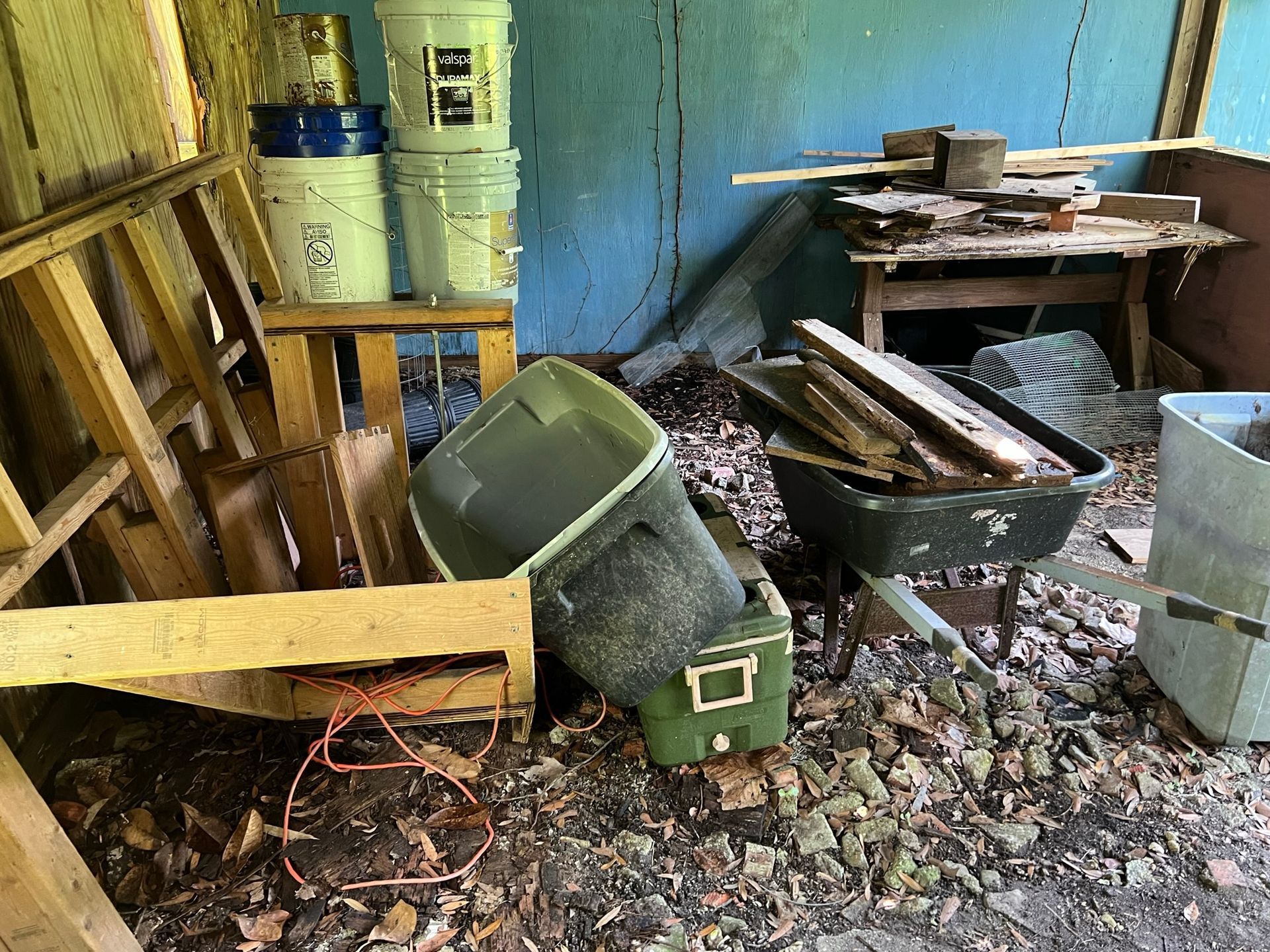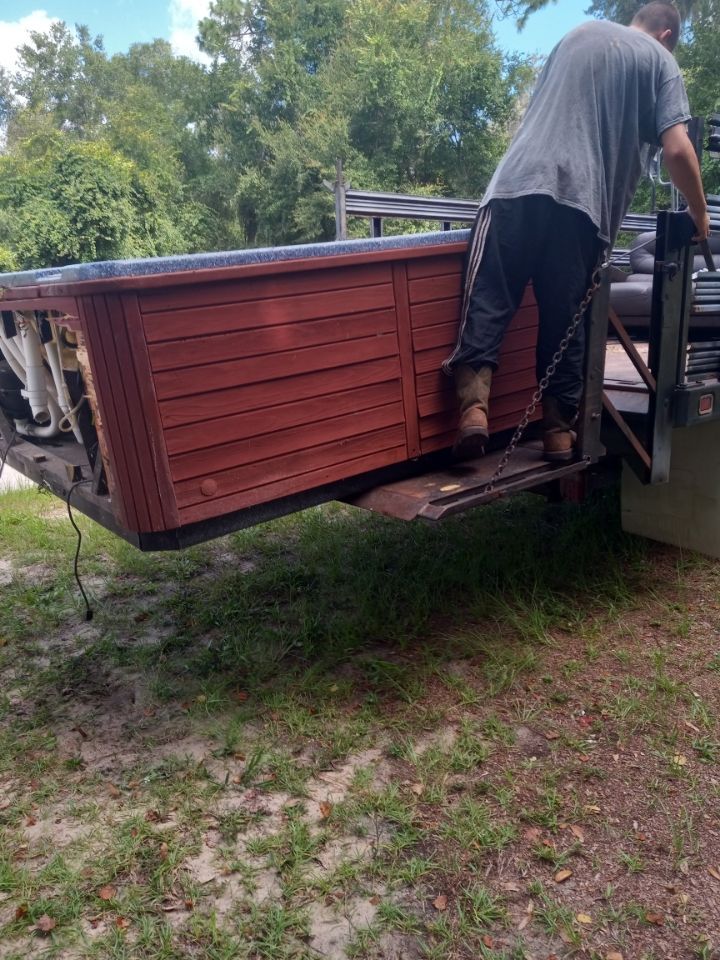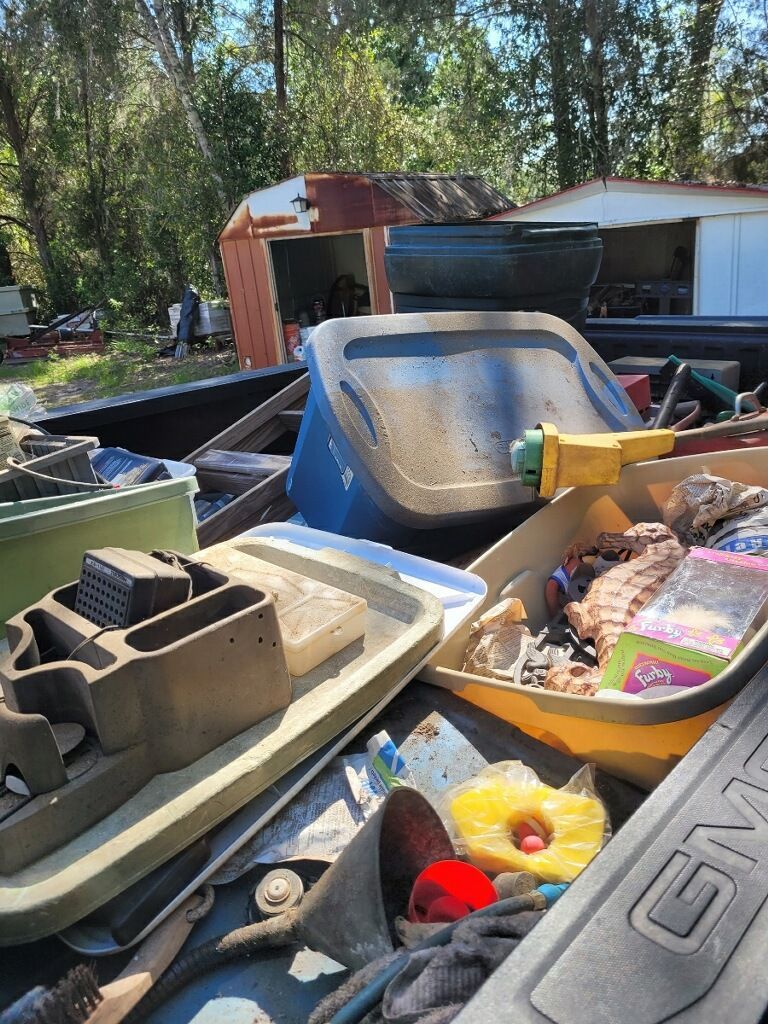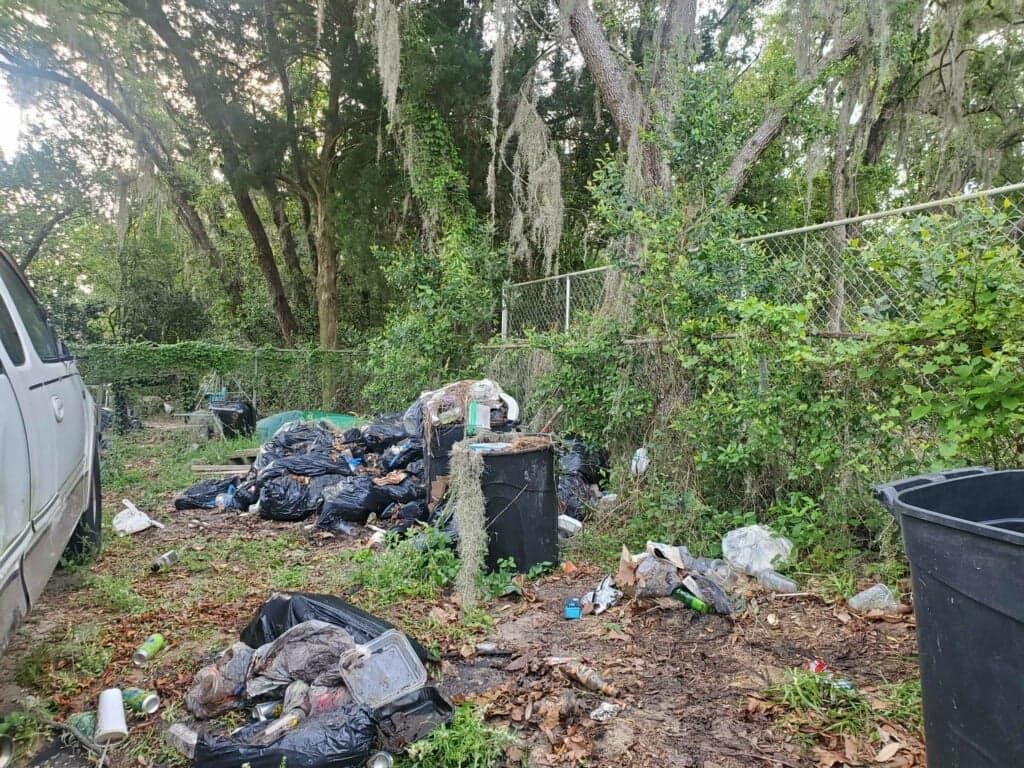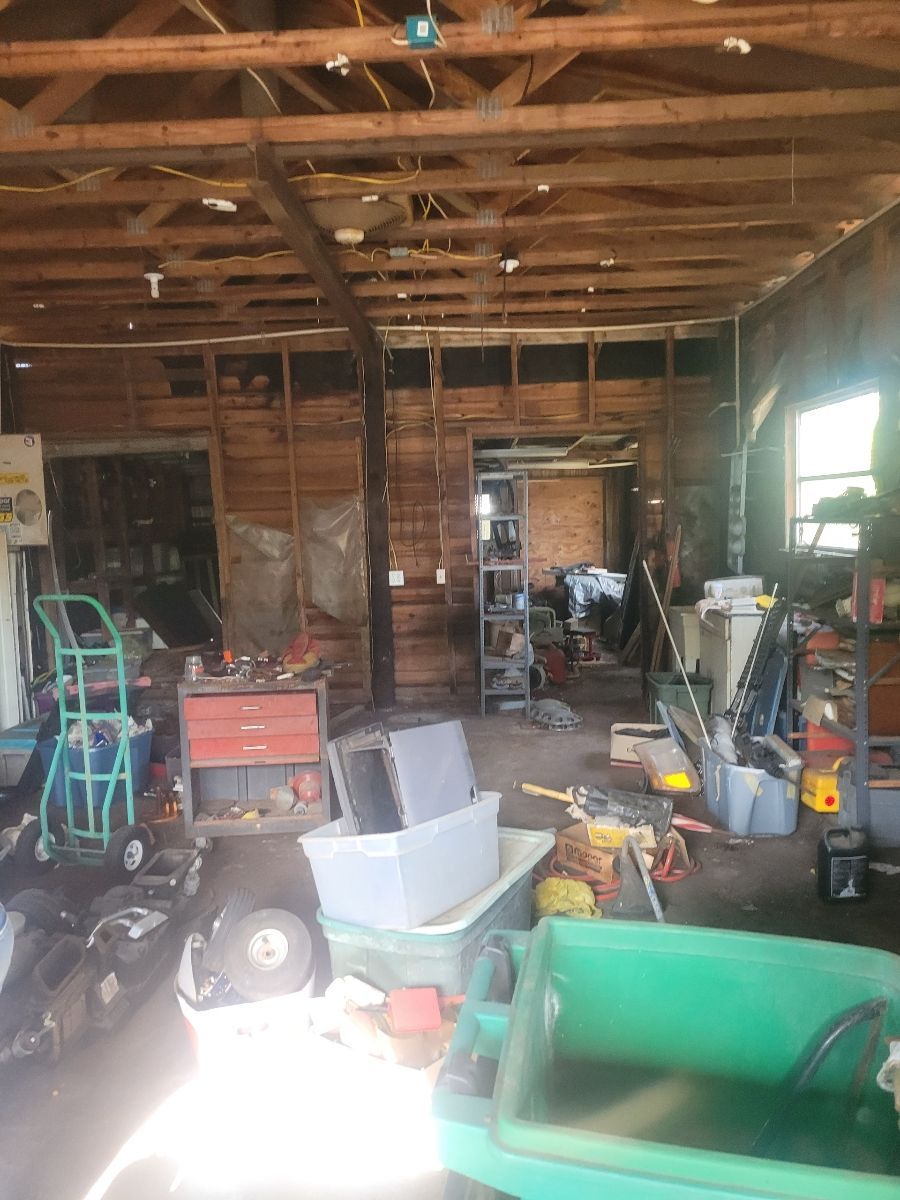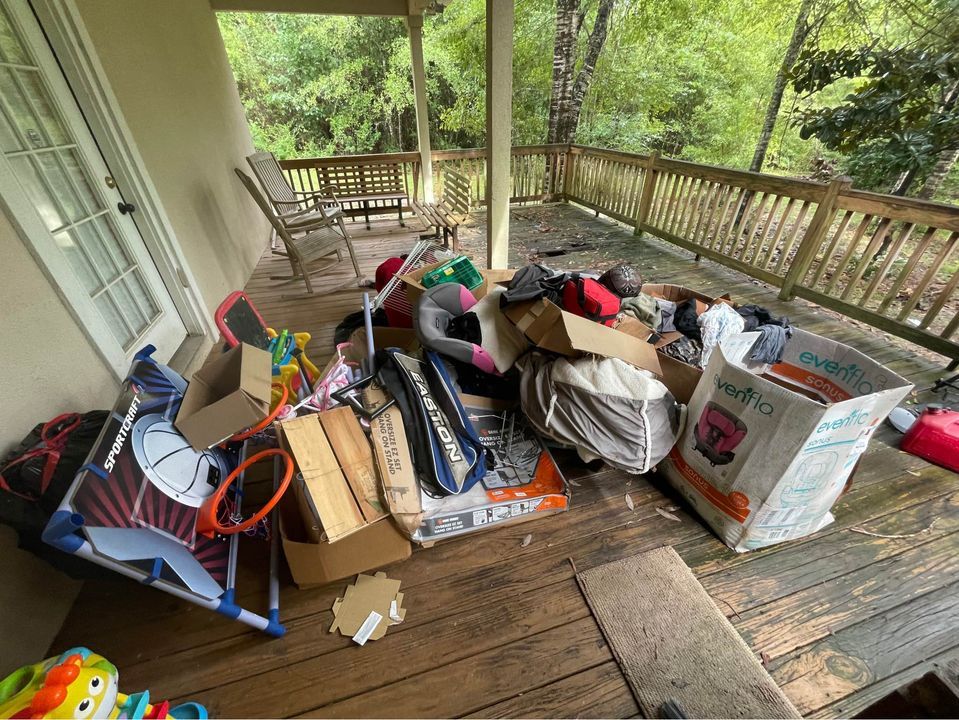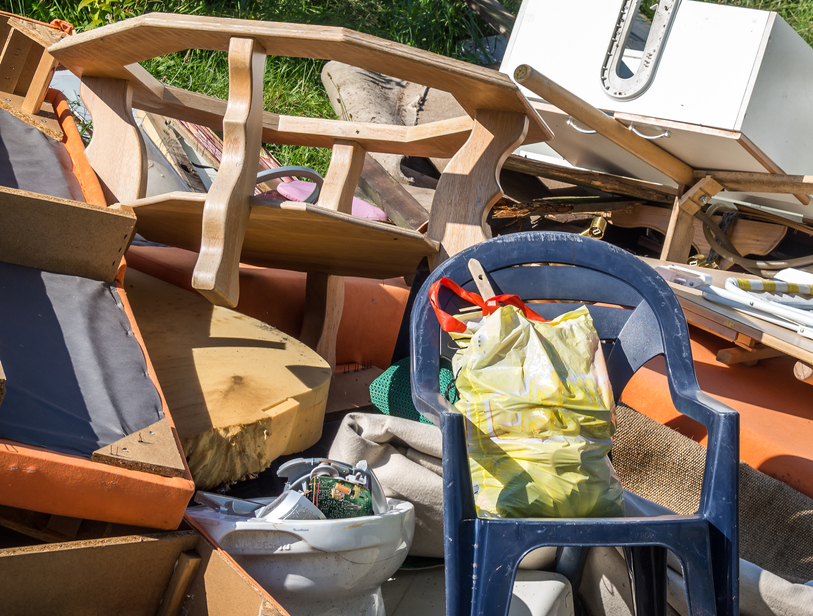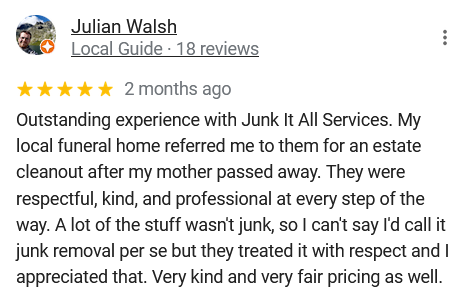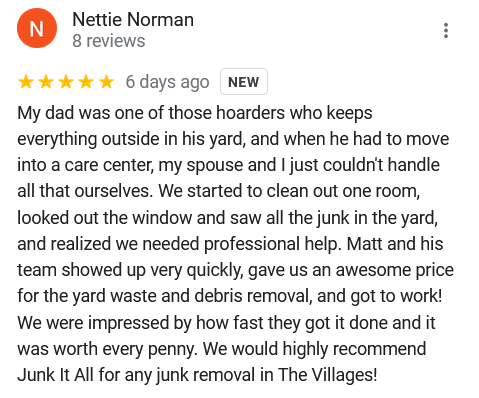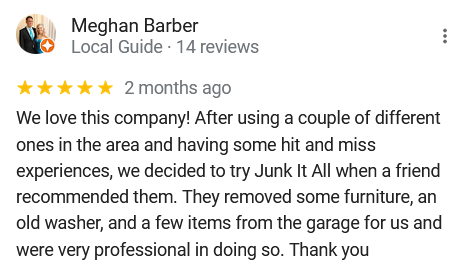Safely Dispose of Chemicals and Hazardous Waste - Step-by-Step Guide
The proper disposal of chemical and hazardous waste is critical to protect public health and the environment. Safe methods include utilizing authorized permanent or special collection facilities, carefully following all storage requirements, reducing usage as much as possible before disposing, avoiding pouring hazardous waste down the drain or into storm sewers, recycling when appropriate, and consulting with local waste management authorities for any specific guidelines. In order to ensure the safety of those working with or around hazardous materials, always handle these substances with extreme caution and refer to local regulations and guidelines for proper handling and disposal.
Identifying Chemicals and Hazardous Waste
Identifying chemicals and hazardous waste is the first step to safely managing them. Many household and business items contain hazardous materials, such as batteries, cleaning solutions, paint, insecticides, and
electronic waste. If these items are not properly handled, they can harm the environment and human health. Therefore, it is important to identify any chemicals or hazardous waste you have in your possession before disposing of them.
For instance, cleaning products often contain harsh chemicals that can be dangerous when not used or disposed of properly. Drain cleaners can cause burns on skin contact and severe respiratory problems if inhaled, while bleach can cause chemical burns on skin contact and respiratory irritation if inhaled. Therefore, identifying these materials and using them with caution is paramount for ensuring your safety.
To identify hazardous waste, check the labels of all products you intend to discard. Look for keywords such as “toxic,” “flammable,” “corrosive,” or “reactive.” These provide vital information about the potential hazards posed by each substance.
Some people might argue that they know what’s in their products and don’t need to read the labels. However, unless you’re a chemist or an environmental scientist, it’s nearly impossible to memorize all the different chemicals that could harm you or others. Label reading needs to become a habit for all individuals when handling hazardous materials.
Think of it like food packaging. Just as people label their food to avoid allergic reactions, so should people label their hazardous waste to prevent accidents and harmful effects.
- According to the Environmental Protection Agency (EPA), in 2018, an estimated 34 million tons of hazardous waste were generated in the United States, with around 3.9 million tons being managed through recycling.
- A 2020 survey by Earth911 revealed that only 20% of Americans reported properly disposing of hazardous waste, and 60% admitted to disposing of it in the trash, which can harm the environment and public health.
- The organization Call2Recycle reported that it collected nearly 7.5 million pounds (3.4 million kilograms) of batteries in the United States for recycling in 2020 alone, demonstrating the growing awareness and importance of proper disposal methods for hazardous materials.
Understanding Regulations and Requirements
Now that you’ve identified your hazardous waste materials, it’s important to understand the regulations surrounding their disposal. Different organizations oversee guidelines for hazardous waste management in different regions. Laws concerning the proper handling of hazardous waste aim to minimize or eliminate the discharge of hazardous materials into the environment and protect human health. This section explains the relevant regulations and requirements you need to follow.
For instance, the Environmental Protection Agency (EPA) has established a cradle-to-grave approach, which tracks waste from its point of generation to its final disposition. The Resource Conservation and Recovery Act (RCRA) requires that hazardous waste generators classify their waste. They must follow specific rules regarding accumulation times, storage conditions, and disposal methods based on the quantity of hazardous waste generated per month.
It is crucial to know your local regulations and follow them strictly when handling and disposing of hazardous waste. Non-compliance may lead to hefty fines or imprisonment.
Some people might argue that regulations are overkill since it’s seemingly impossible for individuals or small business owners to know all the regulations they should be following. However, this argument does not justify non-compliance because breaking the law puts the environment and public safety at risk.
If you own a car or a home, you know how important it is to follow the relevant laws and regulations; otherwise, it could result in substantial fines or even criminal charges. Similarly, laws about hazardous waste exist to minimize human exposure risk while keeping our environment safe.
Proper Storage and Transportation
Storing and transporting chemicals and hazardous waste are crucial steps in ensuring the safety of both humans and the environment. Improper storage can lead to accidents, spills, or leaks that could potentially harm individuals or wildlife. Even more so, incorrect transportation practices can increase the risk of dangerous exposure to spills or fumes which can lead to injury or even death.
For instance, imagine a scenario where a business owner is storing containers of corroding battery acid in a poorly ventilated storage room. Without proper ventilation and insulation, fumes emitted from the acid may accumulate inside the room. The concentration levels of the volatile gas could then become high enough to cause an explosion even from a single spark. Hence, it's essential to take precautions when handling these hazardous materials.
To comply with regulations around safe chemical storage and transportation, you'll need to stay informed of guidelines established by authorized agencies.
For example:
- Always label chemicals and hazardous waste properly. This will help identify their contents without opening the container.
- Store chemicals and hazardous waste separately based on their compatibility
- Avoid overcrowding storage areas by leaving sufficient space between containers.
- Stack drums securely in layers and brace them with wooden set pieces.
- Do not store chemicals directly on the floor - use pallets or shelves.
- Maintain safety equipment to mitigate emergencies such as spill containment kits, gloves, protective clothing and respiratory protection where appropriate.
- Keep detailed records of your chemicals usage, manage expiry dates for hazardous items if necessary be.
Although it’s mandatory to comply with laid-down guidelines in safely storing hazardous materials; it's vital first to recognize that chemicals should not be treated equally as some have higher demands than others regarding transportation methods and storage requirements. Some chemicals are highly flammable which creates a risk spontaneously when exposed to air. Others are carcinogenic or reactive, and their exposure can cause long-term health problems or immediate effects once they contact the skin.
In the same way that you wouldn't leave a burning candle stick alone in your home, chemicals that have the potential of posing a danger should never be left unmonitored. Just as sunlight can heat up a parked car to unbearable temperatures, certain chemicals lead to hazardous chemical reactions when exposed to heat or light.
Now that we’ve looked at the necessary precautions in proper storage and transportation let’s turn our attention to storing hazardous waste safely.
It is crucial to follow guidelines established by authorized agencies for storing and transporting chemicals and hazardous waste to ensure the safety of humans and the environment. Improper storage may lead to dangerous spillages or even explosions, while incorrect transportation methods increase the risk of injuries or fatalities due to exposure to fumes or spills. Different chemicals have their own storage requirements; some are highly flammable, carcinogenic or reactive, and their proper handling is critical. Always label containers properly, store chemicals separately based on compatibility, and maintain safety equipment such as spill containment kits, gloves, protective clothing and respiratory protection where appropriate. Detailed record-keeping of usage and expiry dates are also essential. The bottom line is that hazardous materials require careful monitoring and should never be left unattended.
Storing Chemicals and Waste Safely
Providing safe and suitable temporary storage for hazardous waste materials is a significant requirement for any organization. To minimize environmental pollution and ensure safety for all, it’s essential that hazardous wastes are appropriately contained, labeled, and stored ready for transportation to authorized treatment facilities.
Suppose a restaurant generates used cooking oil daily. It is considered hazardous if disposed of improperly as it poses contamination risks. Therefore, precautionary steps should be taken in storing this waste safely before appropriate treatment can take place. Pouring it down the drain could result in significant environmental damage. Restaurants against this practice should have oil storage containers which need to be cleaned promptly after every use or when full. The containers are then sealed tightly and housed in an area where spills and leaks can contain quickly.
As with chemical storage guidelines, hazardous waste has its set of regulations:
- Equipment used for transferring or storing hazardous waste must comply with relevant regulations.
- Proper container labeling helps prevent dangerous handling during transportation.
- Secure lids help prevent spills during handling or transportation
- Regular cleaning helps control leaks resulting from corrosion.
- Containers should be regularly inspected for cracks and damages to prevent leakage.
- Store waste material separately based on compatibility i.e., liquid waste materials need different types of storage containers than solid ones.
It is crucial to recognize that some hazardous wastes require specific storage guidelines. For example, corrosives should be kept in chemical-resistant containers that can withstand the corrosive nature of the waste while highly-flammable materials would be better off in explosion-proof oil barrels.
Hazardous waste is like a ticking time bomb; it's unstable and always ready to go off anytime if not handled appropriately. Even with proper disposal methods, hazardous wastes still carry risks. Proper handling, storing, and transportation of such waste minimizes these risks.
With proper storage and transportation knowledge acquired, let's delve into various disposal methods, and facilities we can use for safe hazardous
waste disposal.
Transporting Chemicals and Waste
Transporting hazardous waste requires careful attention to handling and regulations. Safety always comes first when it comes to transporting chemicals, as these substances can quickly become disastrous if they spill, mix, or react with other materials. Proper transport procedures must be followed diligently to prevent accidents that may cause harm to people and the environment.
For example, a woman in Scotland experienced severe burns after she added bleach and acid together while cleaning the bathroom. A deadly gas was produced from the combination of two cleaning products. This unfortunate incident shows how important it is for everyone who handles hazardous waste to know the risks involved in chemical combinations.
To avoid such accidents, proper storage and transportation practices must be implemented by everyone working with hazardous materials. Hazardous waste should be stored in designated containers that are well-sealed and clearly labeled with the type of chemicals they contain. These containers need to be made of materials that resist corrosion or reaction with their contents.
Some might argue that the cost of using high-quality containers is too high, but this is a false economy. Low-quality containers can easily crack, corrode or react with hazardous substances leading to spills while being transported, which can cause serious accidents that outweigh the initial savings.
It's like putting all your eggs in one basket - If you choose a low-quality container to save some money on storage, this weak link can break down during transportation causing significant damage, increased costs for cleaning up or even legal actions due to safety violations.
In the following sections we will take a look at what needs to be done for transportation of hazardous waste as well as disposal methods and facilities that exist for different types of materials:
Disposal Methods and Facilities
Proper disposal methods are essential for hazardous waste management because it protects human health and reduces environmental pollution. Hazardous waste poses a serious threat if not disposed of safely. It can cause severe contamination or even explosions if it is not correctly handled using appropriate methods.
We can take the example of batteries containing cadmium. Cadmium is a heavy metal that is toxic when ingested, so it must be kept out of the environment and disposed of correctly. When improperly disposed of, cadmium ends up in landfills or oceans where it can contaminate the water, soil, and air as well as wildlife habitats.
There are several different disposal methods available for hazardous waste, depending on the type of materials involved. Some hazardous wastes such as electronics or fluorescent bulbs can be recycled while others might need special treatment before being disposed of safely.
Some individuals argue that they cannot afford to dispose of hazardous waste in an environmentally responsible way, but this leads to severe consequences. The health risks posed to humans, animals, and even our planet are simply too great to allow people to throw caution to the wind when disposing of hazardous waste.
It's like investing in cheaper building materials when building a skyscraper - When you cut corners on important safety measures; It's only a matter of time before they come back to bite you costing more than what you initially saved!
The following subsections will discuss some of the most commonly used disposal methods for hazardous waste along with their advantages and disadvantages.
Recycling and Special Collection Events
Recycling is an excellent way to manage hazardous waste. It's a process of converting waste materials into new products, reducing the use of natural resources, and preventing pollution. Recycling reduces the amount of waste that ends up in landfills or incinerators, saves energy and conserves natural resources such as timber, water, minerals, and petroleum.
Special collection events are also a great option for households to dispose of hazardous waste properly. These events are organized by local authorities at a specified location and on specific dates. The aim is to collect hazardous waste from the community and dispose of it safely. The waste collected will either be recycled, treated or disposed of at licensed facilities approved for hazardous waste management.
There are several ways to find recycling centers or special collection events near you. Start by searching online for your local city or county government websites or environmental agencies. You can also call local communities' solid waste departments or public works department for more information.
For instance, in California, the Department of Resources Recycling and Recovery (CalRecycle) offers a tool called CalRecycle Directory to help users find recycling locations close to them. Users can search using an item type and location details such as city name or ZIP code.
Another example in Texas, residents can drop off their household hazardous waste like pesticides, batteries, light bulbs, paint thinners etc., at one of 13 drop-off sites across North Texas through partnership programs like the Regional Household Hazardous Waste Program sponsored by the cities of Dallas, Fort Worth, Arlington and Grand Prairie.
Residents have found these programs helpful in managing their hazardous waste. A resident on Long Island was pleased with a recent special collection event held in his town. He said it was convenient and easy to use when disposing of his old paint cans. Another resident in Dallas praised his town’s commitment to safety when it comes to hazardous materials disposal.
Recycling hazardous waste also has financial benefits. For example, some electronics contain valuable materials like gold and silver. When the material is recycled, it can be used again to create new electronics or other products. Proper disposal of hazardous waste or their safe re-use through recycling helps save money by decreasing the need to produce new raw materials from scratch.
Some people argue that recycling programs require more energy than producing new materials directly from raw resources, making them less environmentally friendly and sustainable. However, studies have shown that recycling saves significantly more energy compared to conventional methods of manufacturing new products. Therefore, recycling hazardous waste plays a crucial role in reducing pollution and conserving natural resources.
Reducing and Preventing Hazardous Waste Generation
Preventing hazardous waste generation is often the most effective approach to manage them. This way, we can avoid the negative effects associated with their disposal, minimize environmental contamination, and limit the impact on our health.
One way to reduce hazardous waste is to choose eco-friendly products instead of hazardous ones whenever possible. For example, cleaning products like vinegar and baking soda are safe alternatives to harsh chemicals like bleach or ammonia-based cleaners.
Another effective way is by reducing the overall consumption of harmful materials in our daily lives. We should track how much we discard regularly and work on ways to decrease it. It could mean reducing paper usage by opting for online documents or double-sided printing, buying items in bulk minimizing packaging material and selectively purchasing items you know you'll use — among others.
Proper storage and protection of items like pesticides, paint thinners or other household chemicals also play an important role in reducing hazardous waste generation as well as providing a safer environment when using those products.
By taking steps to prevent hazardous materials from entering our surroundings altogether instead of worrying about how best to recycle them while protecting our environment today, we are setting up a sustainable future for ourselves and generations to come.
Prevention is better than cure. We have heard this axiom numerous times over the years, but it’s especially true with the management of hazardous waste. By avoiding the creation and use of hazardous materials rather than managing their disposal later, we can prevent untold consequences like pollution, air & water contamination, or disease outbreaks.
New York state has implemented a policy that requires manufacturers to reduce or eliminate listed hazardous substances in their products by encouraging product design that substitutes these substances with safer alternatives. By doing so, this policy aims to eliminate contaminated material sources at their entry point altogether.
Some people argue that the cost and logistic implications involved in reducing hazardous waste may be too excessive for attainable results. However, studies have shown that preventing hazardous waste generation avoids long-term health risks, prevents environmental damage and provides significant cost savings in terms of treatment and disposal of those materials in the future.
Common Questions and Explanations
Are there any risks associated with disposing of hazardous waste, and how can I minimize them?
Yes, there are significant risks associated with the disposal of hazardous waste. Hazardous waste can contaminate soil, water, and air if not handled properly. It can cause serious health problems such as cancer, respiratory difficulties, and reproductive disorders.
To minimize these risks, it is crucial to follow proper disposal procedures. This includes segregating hazardous waste by type, storing it in appropriate containers that are tightly sealed and labeled clearly, transporting it carefully avoiding any leaks or spills.
According to the Environmental Protection Agency (EPA), 90% of Americans live within ten miles of a hazardous waste site. A recent study shows that hazardous waste sites exposure resulted in nearly 50,000 premature deaths each year in the United States alone.
Therefore, it is essential to dispose of hazardous waste safely to ensure the protection of public health and the environment. Regularly educate yourself about safe disposal methods and check for updates regarding local laws governing the handling of hazardous substances. By doing so you can make sure you minimize any potential risks associated with disposing of chemical and hazardous wastes.
What is considered hazardous waste and how do I identify it?
In
Citrus County or
Sumter County, Hazardous waste is any material that poses a substantial threat to the health and safety of humans or the environment. This can include chemicals, pesticides, batteries, electronics, and medical waste. It is important to identify hazardous waste as it requires special handling and disposal procedures.
One way to identify hazardous waste is by looking for warning labels or symbols such as a skull and crossbones or the words "danger" or "warning." Additionally, check labels for specific hazard statements such as "corrosive," "toxic," or "flammable."
According to the Environmental Protection Agency (EPA), in 2019 alone, over 35 million tons of hazardous waste was generated in the United States. Of this amount, approximately 10% was classified as extremely hazardous, meaning it has the potential to cause severe harm if not handled and disposed of properly.
It's important to note that proper identification of hazardous waste goes beyond just labeling. If you are unsure if something is considered hazardous waste, consult local regulations or contact a professional hazardous waste disposal company for assistance. Ignoring or improperly disposing of hazardous waste can have significant environmental and health consequences for both individuals and communities.
Overall, identifying and safely disposing of hazardous waste should be a top priority for all individuals to protect ourselves and our planet from harm.
What kind of protective equipment should I wear when handling hazardous waste?
When handling hazardous waste, it is crucial to wear proper protective equipment to prevent exposure and potential harm. The type of gear needed depends on the specific type of hazardous waste being handled, but there are some standard items to keep in mind.
Firstly, gloves made of the appropriate material for the substance being handled should be worn to avoid skin contact and absorption. For instance, rubber gloves are ideal for most chemicals, while nitrile or neoprene gloves are recommended when working with solvents.
Additionally, respiratory protection such as a mask or respirator may be necessary to avoid inhalation of toxic fumes or dust particles. According to a report by the
Centers for Disease Control and Prevention (CDC), "respiratory protective equipment is essential for workers who handle hazardous chemicals and can help reduce occupational exposures."
Furthermore, if there is any risk of splashes or spills, protective eyewear or a face shield should be worn along with a full body suit.
Proper gear not only protects workers from exposure but also reduces the risk of contamination and pollution. In 2019, the United States Environmental Protection Agency (EPA) reported that improper disposal was responsible for about 2% of all greenhouse gas emissions in the country.
In conclusion, always wear the right protective equipment when handling hazardous waste. It's not just essential for your safety but also helps protect our environment. Remember, safety first!
Where can I find information about local regulations regarding hazardous waste disposal?
Looking for information about local regulations regarding hazardous waste disposal? You've come to the right place! Below are some resources that can help you find the information you need.
First, start by checking with your local government. They should have information about any regulations specific to your area. According to a report by the United States Environmental Protection Agency (EPA), in 2020, 83% of U.S. households had access to curbside or drop-off programs for various types of hazardous waste like batteries, electronic devices, and fluorescent lamps (EPA, 2021).
Another excellent resource is the EPA's website. It provides information about federal regulations regarding hazardous waste disposal but also features state-by-state information about disposal facilities, collection events, and local programs. A report published by Market Research Future reveals that the hazardous waste management market size is expected to grow from USD 25.5 billion in 2018 to USD 36.5 billion by 2023, at a Compound Annual Growth Rate (CAGR) of 7.5% during the forecast period (Market Research Future, 2021).
Lastly, private companies licensed for hazardous waste disposal may be able to provide guidance on local regulations and compliance measures.
In conclusion, it's essential to know local regulations when disposing of hazardous waste materials properly. Various online resources can help you find state-specific details that you need to follow while dealing with such waste.
What are some common methods for disposing of hazardous waste, and which one is best for me?
There are several common methods for disposing of hazardous waste, but the best one for you depends on the type and amount of waste you have. Here are some options to consider:
1. Incineration: This involves burning the hazardous waste at an extremely high temperature until it is reduced to ash and gases. While this method can be effective, it also releases toxic chemicals into the air.
2. Landfill: This involves burying the hazardous waste in a designated landfill area. However, over time, the materials may leak into groundwater or soil and pose a threat to human health and the environment.
3. Recycling: Some hazardous wastes can be recycled or reused instead of being disposed of. This option reduces the amount of waste that ends up in landfills and conserves resources.
4. Chemical treatment: This involves using chemical reactions to neutralize or break down hazardous substances. However, this method requires specialized equipment and trained personnel.
The best method for disposing of hazardous waste varies depending on what type of waste you have and how much of it there is. Before choosing a disposal method, consult with a professional who specializes in hazardous waste management for advice.
According to the Environmental Protection Agency (EPA), improper disposal of hazardous waste can lead to serious health problems including cancer, birth defects, nerve damage, and organ damage. Therefore, it is important to take proper precautions when disposing of these materials.
By
properly disposing of your clutter and waste, you will not only keep yourself safe but also protect our planet's environment from dangerous toxins that could harm more than just one person's life in future generations.
OUR SERVICES AREAS AROUND CITRUS COUNTY
Junk It All
7065 S Sonata Ave, Homosassa, FL 34446
(352) 737-1301
OUR SERVICES AREAS AROUND THE VILLAGES
Junk It All Services - The Villages
2428 Dunkirk Trl, The Villages, FL 32162
(352) 251-3432
- The Villages
- Oxford
- Wildwood
- Lady Lake
- Fruitland Park
- Leesburg
- Belleview
- Silver Springs Shores
- Rutland
- Marion Oaks
- Summerfield

